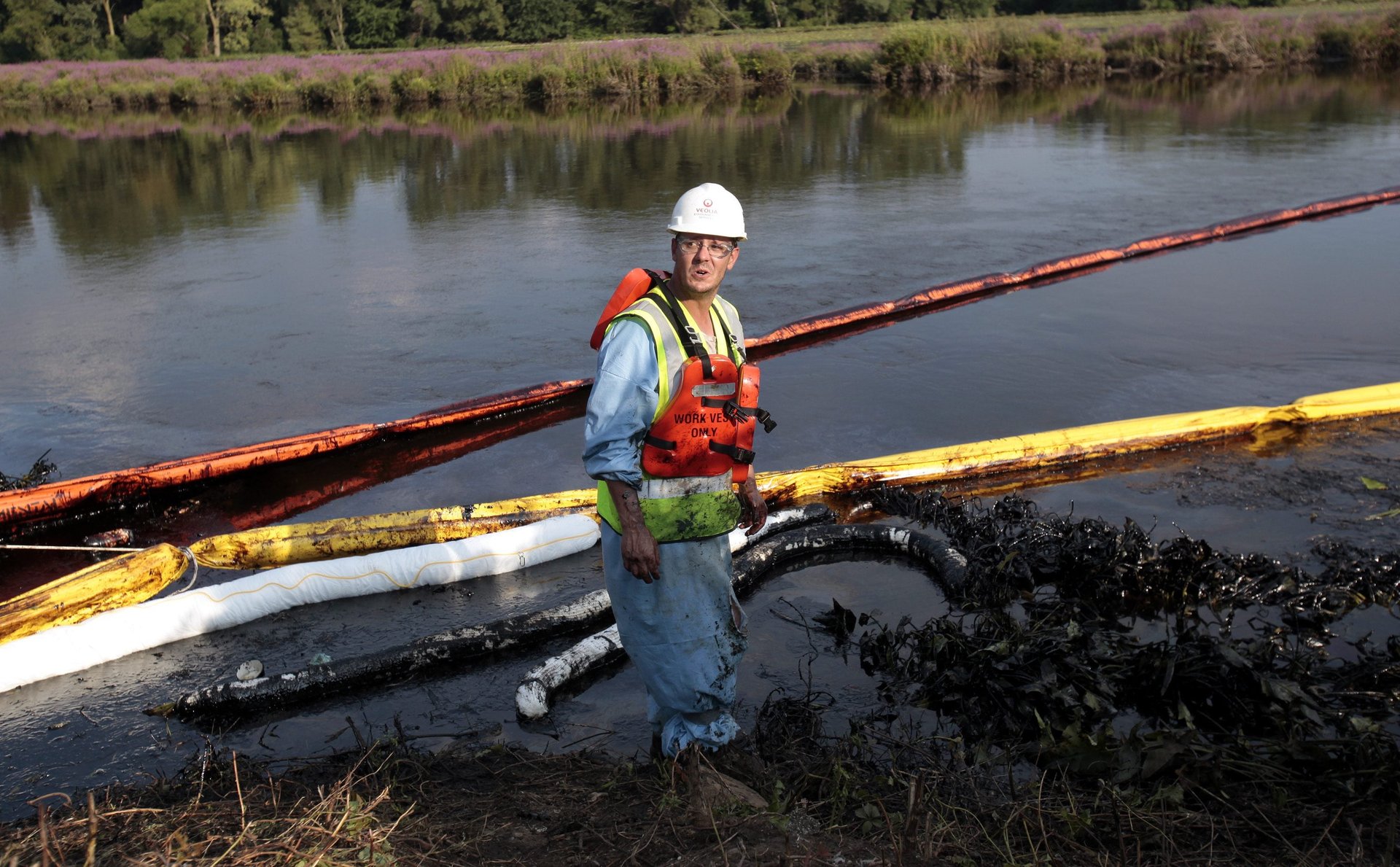The US has one inspector for every 5,000 miles of pipeline—or twice the length of the country, each
Update (Nov 20, 2017): In the eight months since this post was published, 25 new inspectors have been hired. The US now has 553 pipeline inspectors (208 federal inspectors and 345 state inspectors). They are still responsible for nearly 5,000 miles of pipeline each.


Update (Nov 20, 2017): In the eight months since this post was published, 25 new inspectors have been hired. The US now has 553 pipeline inspectors (208 federal inspectors and 345 state inspectors). They are still responsible for nearly 5,000 miles of pipeline each.
There are 2.7 million miles of pipeline snaked across the US. Some of the pipes carry hazardous chemicals, others carry crude oil, and still others carry highly pressurized natural gas. And when it comes to safety, all of them are under the care of 528 government inspectors.
That’s more than 5,000 miles of pipeline or more than twice the length of the United States, per inspector.
The little-known and notoriously understaffed Pipeline and Hazardous Materials Safety Administration, or PHMSA, has 188 federal inspectors. States have another 340 inspectors, all of whom go through PHMSA-certified training. According to the agency’s website, those two forces combined are “responsible for regulating nearly 3,000 companies that operate 2.7 million miles of pipelines, 148 liquefied natural gas plants, and 7,574 hazardous liquid breakout tanks.”
If US president Donald Trump’s plans to complete both the long-disputed Keystone XL and Dakota Access pipelines come to fruition, they would add 327 miles and 1,172 miles, respectively, to that burden. It is unclear if PHMSA will add new inspectors to accommodate that increase, and PHMSA has yet to return a request for comment.
So far, the White House has released no word about Trump’s plans for the Department of Transportation budget, which oversees PHMSA, although his transition team reportedly proposed big cuts for the agency. The cuts would be at odds with Trump’s campaign promise to invest heavily in infrastructure during his first year in office.